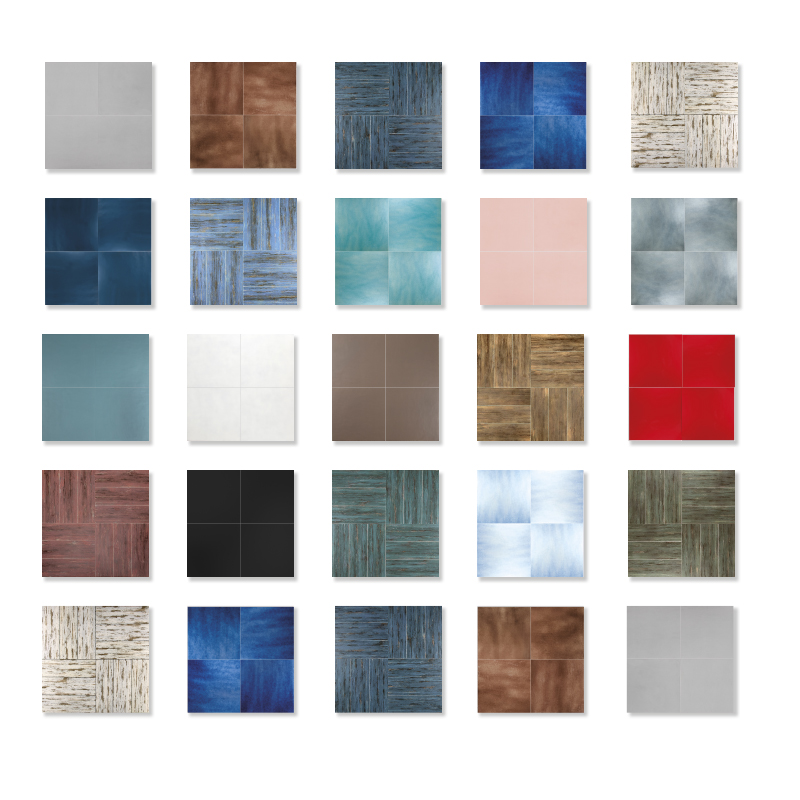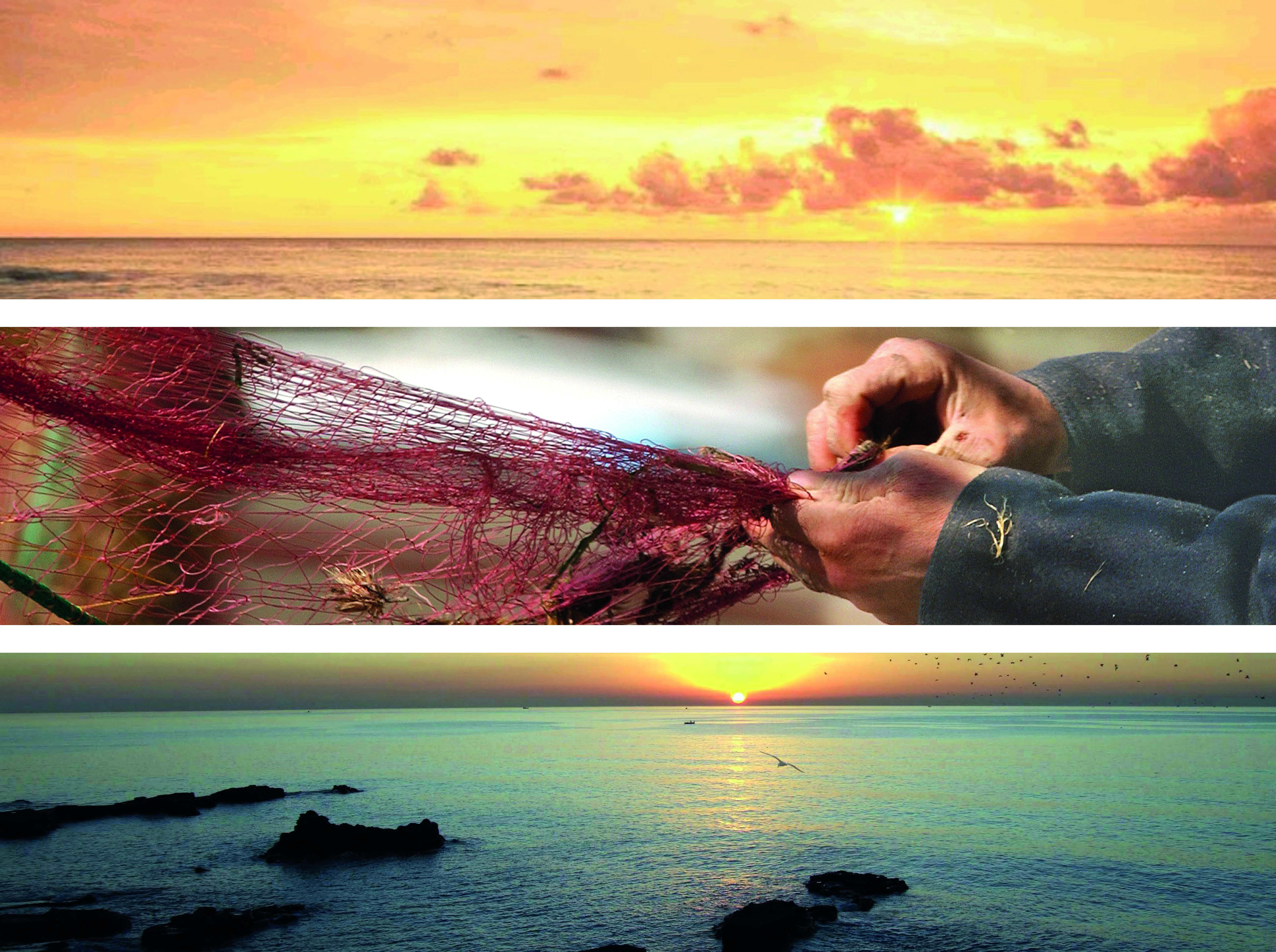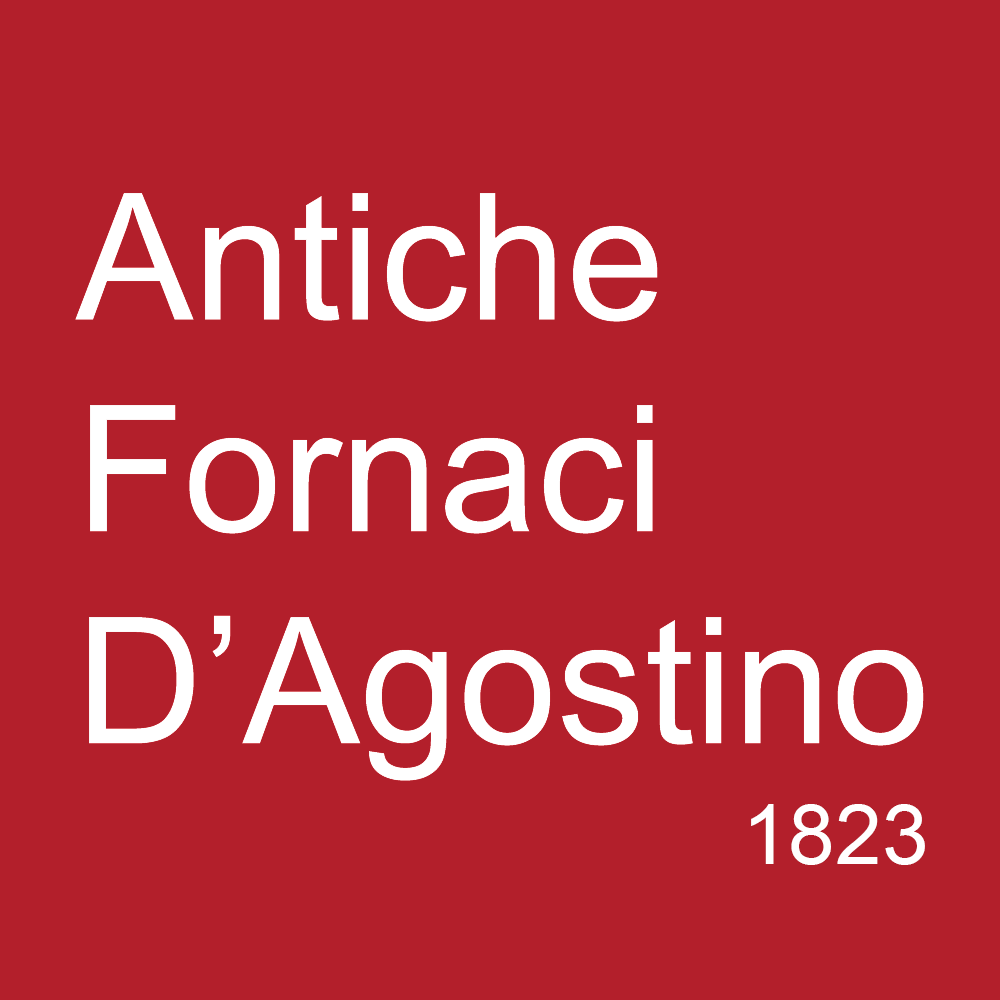1823: a cultural identity in constant evolution
Salerno 1823: Antiche Fornaci D'Agostino was born. It arises and grows in a very enchanting district with a century-old tradition in ceramics. Generations of craftsmen who, with their ingeniousness, livened up to shapes, creating decorations and colors that are part of our history and our culture. An important cultural heritage it can’t leave aside, a heritage of technical knowledge, of creative wisdom ANTICHE FORNACI D'AGOSTINO draws on, in the past as well as nowadays. But having a history is not enough to have its own identity. With specific strategies, we have interpreted the past without closing ourselves in it, but searching in the harmony of tradition and innovation our creative space. The emotions of a sunny civilization, the warmth and the passion of past ceramic productions live again in our collections, reproposing those ancient free irregularities. those uncertain shades, those lights and shadows, unexpected transparencies. Melting the historical memory with living in one’s time, the creativity and the ceramic knowledge with the project, the modularity and the plenty of nuances with the contemporary trends and the planning requirements of the modern interior design. All our collections are projects with a soul, a cultural inheritance in continual evolution expressing a strong creative autonomy.

Collections: roots, innovation and projects
Evolution comes from its roots
Cultural identity, of course. But what is the approach to this identity?.. Can we embed in limited spaces which, in the centuries, have become depositary of a lot of civilizations, each of them overflowing of bright imagination? It could be foolish only to think about it. As much as to ignore as arts, myths and styles handed down from Oscans, Phoenicians, Daunians, Samnites, Etruscans Greeks and Romans, as long as the Arabian cultural contamination until the Swabians, French and Spanish. They confronted each other and harmonized through enigmatic different paths, into the fields of science and knowledge, but also into figurative and decorative arts, giving life to a coherent but at the same time plastic and mouldable whole, like clay in the hands of the craftsman. So at the basic of our work, of our research, there is the same respect for this large heritage and, first of all, for its formation’s method. In order not to betray this essential and peculiar element of our culture it is necessary to plunge in it, surround and confronting ourselves as descendants, in order to carry on a work. Following this philosophy we create inspired shapes and colors, let us carry away by the sea of ideas and of imagination, without leaving the free and critical wit, but with the knowledge of being part of a people which, everyday make of its existence a life’s miracle.
Observe, imagine, plan
Lines, reflexes, colors, rocks, sand, traces of the past.. You must feel inside that emotion you want to live again, that emotion that you want to make life again, that you want to share. Don’t stop thinking if you will succeed in it. Decide if you want. If what you have observed has to become an idea, a project ... and if this project can be an integrating part of your identity, of that company philosophy that step by step knows its origins but is in continual evolution, free to reach a new way of express what you are, to make it clear to other, to communicate your history nowadays.

